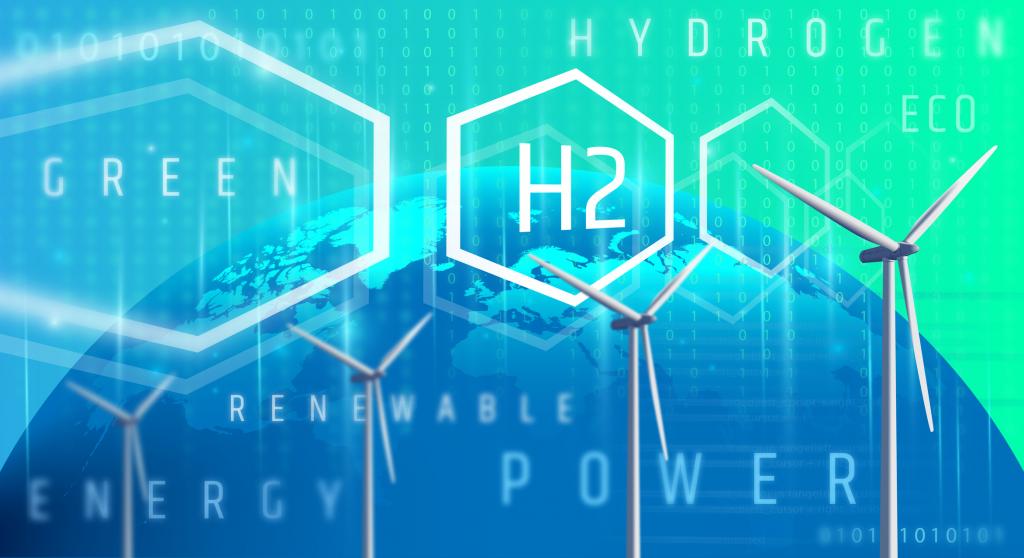Description

Copyright infringement is not intended
Context: Pune Municipal Corporation (PMC) has taken an innovative step forward to eliminate the waste generated in the city. PMC has partnered with business management consultant The Green Billions (TGBL) to manage its waste and generate it into useable green hydrogen. TGBL’s special purpose vehicle or subsidiary, Variate Pune Waste to Energy Private Ltd, will be undertaking the work.
Details:
- The new facility for generating hydrogen from waste will solve two major problems: Inefficient waste management and carbon emissions.
- Pune, the second largest city in Maharashtra, hosts many industries, including steel, fertilisers and pharmaceutical industries. The emissions in the city increased by 12 per cent to 1.64-tonne carbon dioxide equivalent (tCO2Eq) per capita in 2017 from 1.46 tonne tCO2Eq per capita in 2012.
- Variate Pune Waste to Energy Private Ltd will be managing and utilising the municipal waste of 350 tonnes per day (TPD) for generating hydrogen for 30 years. This waste will comprise biodegradable, non-biodegradable and domestic hazardous waste.
- The Refuse-Derived Fuel (RDF) from the waste would later be utilised to generate hydrogen using plasma gasification technology. The technology has been developed while closely working with the Bhabha Atomic Research Institute (BARC) and the Indian Institute of Science, Bengaluru.
- It is estimated that 150TPD RDF and 9MT tonnes of H2 would be generated out of 350 TPD waste.
- The hydrogen generated at the facility will be utilised locally to help the city lower its emissions. As the Centre is focusing on industrial decarbonisation and facing the challenges of just transition, the project can prove to be a game-changer in helping industries reduce carbon emissions.
- With this project, Pune city can reduce up to 2.5 million tonnes carbon dioxide equivalent, over 3.8 million tonnes waste would be diverted from the landfill/dumping site and more than 180,000 estimated households will be served directly.
.jpg)
Potential:
- Waste-to-Energy plants are viable only when the plant can process at least 300 TPD, according to the task force report on Waste to Energy, 2014, by the erstwhile-Planning Commission, now known as NITI Aayog.
- Therefore, WTE plants should be set up in large cities with a population above 2 million, it said.
- Based on this, the project will manage 350TPD waste for Pune, which has a population of more than 7 million.
- In India, where the hydrogen industry is nascent, it is imperative to keep the cost of hydrogen competitive to expand its usage in various sectors. TGBL will work on the same by making hydrogen affordable and easier to switch in the just-transition
- Mahatma Phule Renewable Energy & Infrastructure Technology (MAHAPREIT), a Maharashtra government undertaking, has proposed to offtake the hydrogen generated at the facility and develop logistical infrastructure for hydrogen transportation to industries for this.
- GAIL has already pioneered hydrogen blending projects with the natural gas supplier in Indore, Aavantika Gas Ltd, and has the technological and operational expertise to implement such projects.
- The joint efforts by MAHAPREIT and GAIL can help the proposed hydrogen blending project set a benchmark for a circular economy with hydrogen generated from the city’s waste and blended back into its gas distribution network.
- Using green hydrogen in city gas distribution will reduce operations’ carbon footprint and the country’s dependence on imported fossil fuels, aligning with our national goals.
- Projects like TGBL will help India achieve decarbonisation in the energy sector and reduce significant emissions from waste. Once completed, the goals will help India achieve the vision of Swachh Bharat and match the European Union’s hydrogen ambitions.

Background:
- India assumed the Presidency of the Group of 20 this December. The world’s third largest emitter is moving beyond a transition strategy based squarely on solar development by branching out into emerging fields such as hydrogen.
- India is one of the few countries that has kept to its Paris Agreement (21st Conference of Parties or COP21 to the United Nations Framework Convention on Climate Change) commitments, with an exponential increase in renewable energy capacity.
- It is anticipated that by 2050, 80-85 per cent of India’s overall power capacity will come from renewablesby achieving the nationally determined contributions commitments. India had committed to increasing the share of non-fossil fuels to 40 per cent of the total electricity generation capacity by 2030.
- In the recent COP27, India committed to focusing on the rational utilisation of national resources with regard to energy security.
- India consumes about six million tonnes of hydrogen annually to produce ammonia and methanol in industrial sectors, including fertilisers and refineries. This could increase to 28 million tonnes by 2050, principally due to the rising demand from the industry.
- With the challenges of electrolyser capacity for generating green hydrogen globally, finding alternatives to foster green hydrogen in the country is essential.
- The central government, the prime facilitator of such projects, has been coming up with new initiatives, policies and schemes to unleash the potential of green hydrogen generation and boost its demand.
- The long-term low-emission development strategy of the country submitted to UNFCCC at COP27 focused on the rational utilisation of national resources for energy security in a just, smooth and sustainable manner.
MUST READ:
https://www.iasgyan.in/blogs/waste-to-energy
https://www.google.com/url?sa=t&rct=j&q=&esrc=s&source=web&cd=&cad=rja&uact=8&ved=2ahUKEwiB0oqsz5z8AhXg8jgGHXEtAmsQFnoECB0QAQ&url=https%3A%2F%2Fwww.iasgyan.in%2Fdaily-current-affairs%2Fgreen-hydrogen-47&usg=AOvVaw2LU70BlZA86u-2B3CmfPNQ
https://www.downtoearth.org.in/blog/energy/india-is-all-set-to-go-for-its-first-waste-to-hydrogen-project-86823












